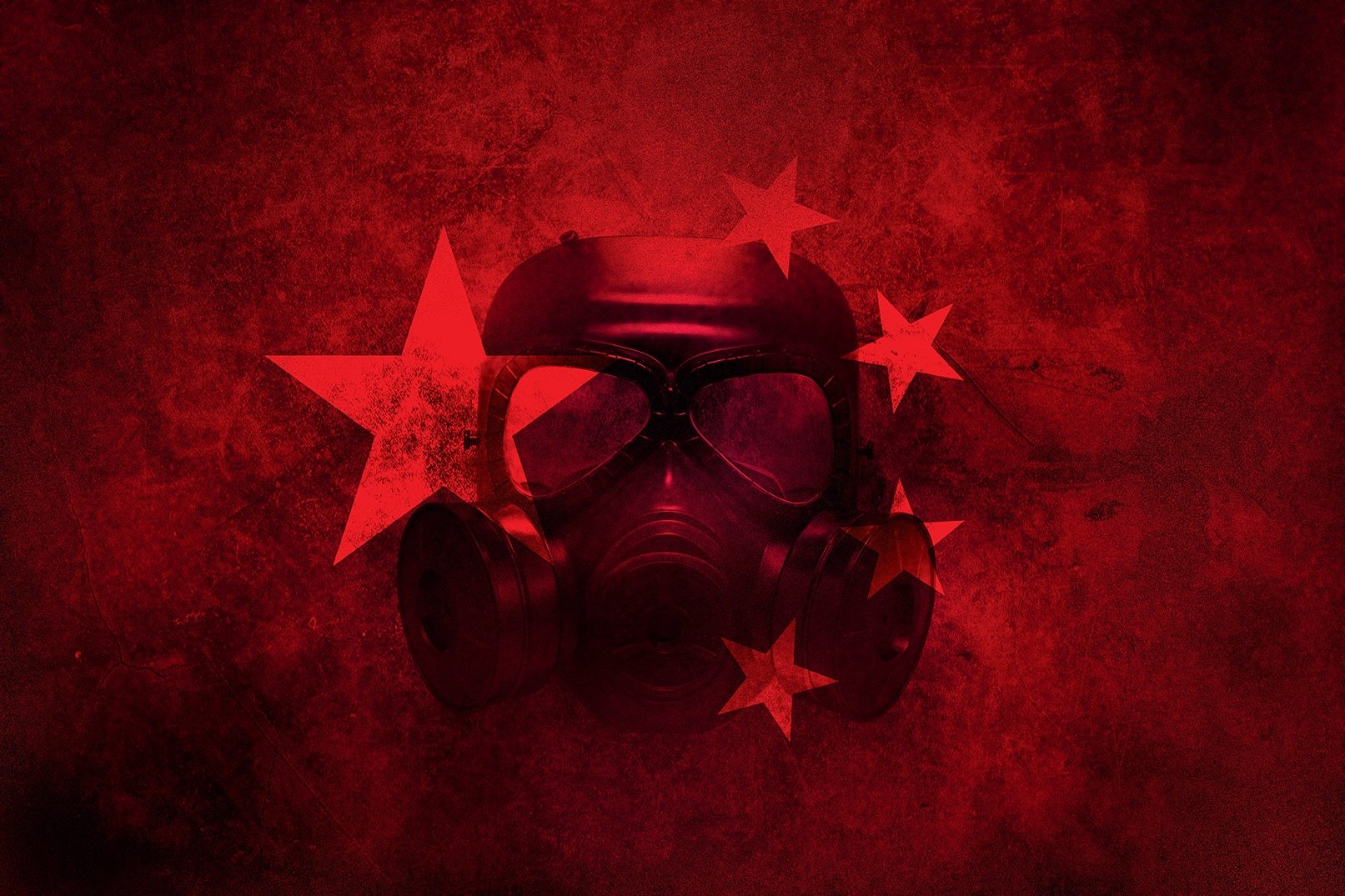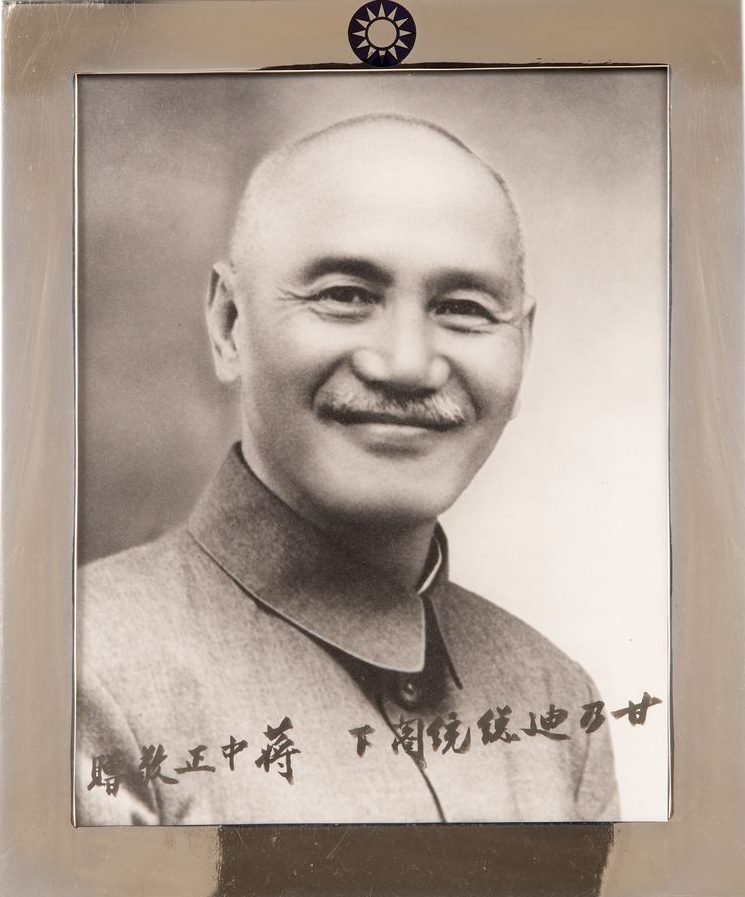The Taiwan Report: How America Narrowly Avoided Nuclear War in 1958

Adobe Stock image.
Many movies about the 1950s paint a picture of an idyllic time and overlook the decade’s dark underbelly — including, among other blights such as the Korean War, how perilously close the United States came to an apocalyptic nuclear exchange with the Soviet Union.
US support of Taiwan against aggression from Communist China almost precipitated World War III, a near brush that didn’t fully come to light until more than a half-century later. The details only recently surfaced when, in 2017, a former US military analyst named Daniel Ellsberg quietly uploaded 691 pages of classified documents in support of his 2017 book, Doomsday Machine: Confessions of a Nuclear War Planner.
In 1971, Ellsberg famously leaked secret documents revealing US missteps during the Vietnam War. Known as the “Pentagon Papers,” the documents contained a damning historical study on the Vietnam conflict conducted by the Rand Corp., Ellsberg’s employer at the time.
However, it seems that Ellsberg had more than the Vietnam War on his mind when he disclosed the Pentagon Papers. He also illegally copied troves of documents detailing America’s secret nuclear war plans, including details about the close brush with nuclear conflict over Taiwan in 1958. Ellsberg told The New York Times in May 2021 that by making the information public at last, he wished to shine a light on the perils of contemporary Sino-American tensions.
Rand Corp. published a 1966 study on the 1958 Taiwan Straits crisis. Still, the Department of Defense redacted several pages from the publication that concealed the seriousness of the crisis — including just how close the US and the Soviet Union came to nuclear war.

In 1958, following a bloody civil war, communist revolutionary Mao Zedong seized power from nationalist forces led by Chiang Kai-shek, thereby creating a communist People’s Republic of China. Chiang and his nationalist supporters, the Kuomintang, formed a government-in-exile in Taiwan.
On Aug. 23, 1958, Communist China commenced a heavy artillery barrage against nationalist forces on the Quemoy Islands, located just offshore of Taiwan. Mao’s forces also initiated a blockade. The confrontation became known as the Taiwan Straits crisis.
The US Navy dispatched its 7th Fleet to assist the nationalist Kuomintang government’s forces. With help on the way, the nationalists retained air superiority, defeating several communist MiG fighters in air-to-air dogfights, which included the first successful use of the Sidewinder missile. However, under the pressure of unremitting attacks, Chiang’s troops still needed US support if they were to stand any chance against a full-blown communist invasion. Taiwan continues to be a point of bitter contention between Washington and Beijing.
Although China didn’t test its first nuclear weapon until 1964, US military action against Mao’s communist forces — especially the use of nuclear weapons — would likely have precipitated a nuclear exchange with the Soviet Union, an ally of Beijing at the time. According to Ellsberg’s leaked documents, on Sept. 19, 1958, Soviet Premier Nikita Khrushchev sent a letter to the Eisenhower administration warning of impending destruction if the US stayed its course in Taiwan. American officials rejected the Soviet leader’s letter outright.
In Washington, meanwhile, the Joint Chiefs of Staff almost immediately recommended the nuclear option. According to the Rand Corp. documents leaked by Ellsberg, the Joint Chiefs concluded: “Although initial operations might have to be conventional for political reasons, atomic strikes against the Chinese mainland would eventually be necessary if the Chinese Communist move was to be stopped effectively and quickly.”

Ellsberg’s revelations underscore the Joint Chiefs’ willingness to use nuclear weapons against China. For his part, Eisenhower repeatedly stressed the US commitment to the defense of the Quemoy Islands from communist assault, doubling down on the likelihood of a nuclear exchange with Moscow.
Even after Communist Premier Chou En-lai opened negotiations, Ellsberg’s documents reveal, US officials did not believe the Chinese to be negotiating in good faith. “[The Eisenhower administration] could defeat an attempt to invade the Offshore Islands, but only if it were willing to use atomic weapons,” the leaked Rand Corp. document states.
Ultimately, support for Sino-American ambassadorial talks among top Chinese officials likely saved the world from a catastrophic nuclear conflict. Communist Chinese forces scaled back their aggression, opting to bombard Quemoy and Matsu into the early 1960s with propaganda rather than high explosives.
Taiwan maintains its self-governed, independent status to this day. However, it continues to be a point of bitter contention between Washington and Beijing. And as China continues to innovate new weapons technologies and upgrade its nuclear arsenal, the risk of a nuclear exchange between the world’s top two superpowers is something lawmakers and defense officials are taking seriously.
Let’s hope that clear heads prevail — as, according to Ellsberg’s leaked documents, they just barely did in 1958.
This article first appeared in the Fall 2021 edition of Coffee or Die’s print magazine.
Read Next:

Lauren Coontz is a former staff writer for Coffee or Die Magazine. Beaches are preferred, but Lauren calls the Rocky Mountains of Utah home. You can usually find her in an art museum, at an archaeology site, or checking out local nightlife like drag shows and cocktail bars (gin is key). A student of history, Lauren is an Army veteran who worked all over the world and loves to travel to see the old stuff the history books only give a sentence to. She likes medium roast coffee and sometimes, like a sinner, adds sweet cream to it.
BRCC and Bad Moon Print Press team up for an exclusive, limited-edition T-shirt design!
BRCC partners with Team Room Design for an exclusive T-shirt release!
Thirty Seconds Out has partnered with BRCC for an exclusive shirt design invoking the God of Winter.
Lucas O'Hara of Grizzly Forge has teamed up with BRCC for a badass, exclusive Shirt Club T-shirt design featuring his most popular knife and tiomahawk.
Coffee or Die sits down with one of the graphic designers behind Black Rifle Coffee's signature look and vibe.
Biden will award the Medal of Honor to a Vietnam War Army helicopter pilot who risked his life to save a reconnaissance team from almost certain death.
Ever wonder how much Jack Mandaville would f*ck sh*t up if he went back in time? The American Revolution didn't even see him coming.
A nearly 200-year-old West Point time capsule that at first appeared to yield little more than dust contains hidden treasure, the US Military Academy said.












